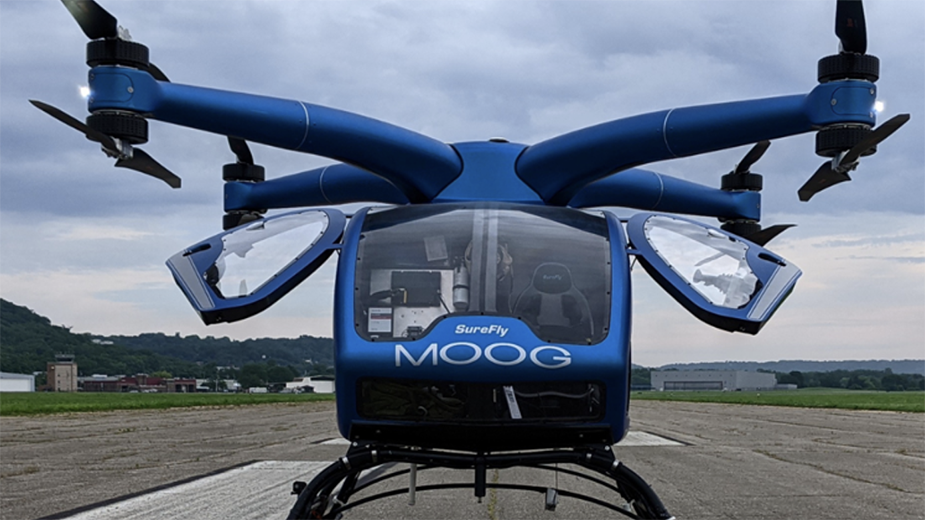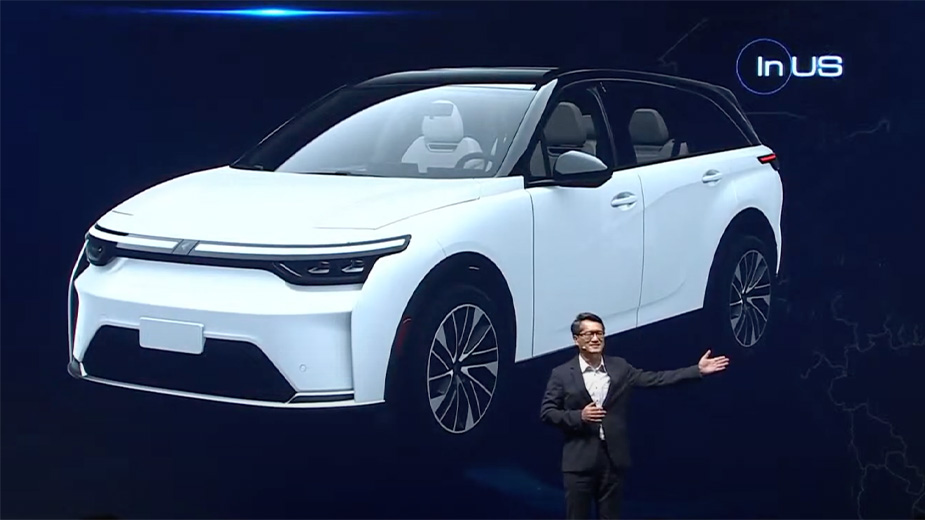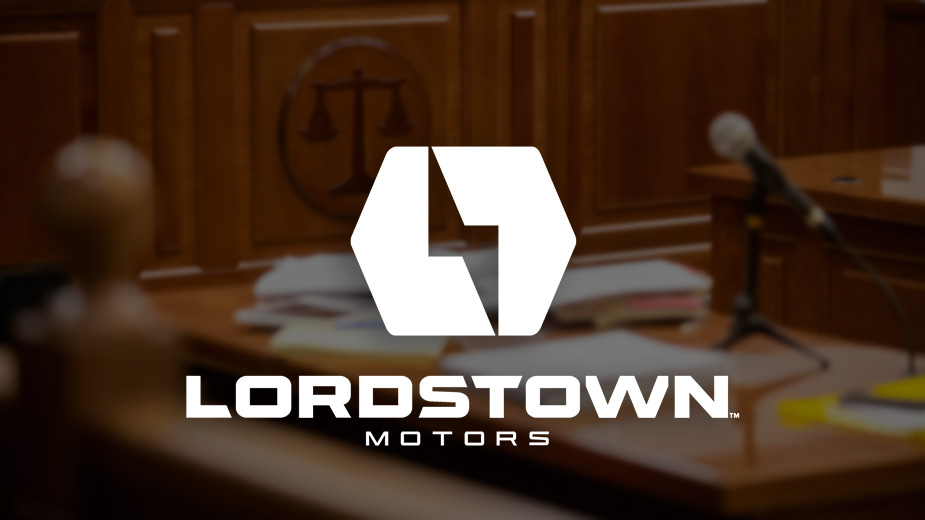Sky’s No Limit for Advanced Air Mobility
YOUNGSTOWN, Ohio – As major automotive companies power up to meet future demand for electric vehicles, others look to the skies for new opportunities.
Those opportunities rest in the electric or hybrid Advanced Air Mobility, or AAM, business that is projected to explode over the next two to three decades – a market that specialists say Ohio is already well positioned to lead.
“We have a strong supply chain in aerospace,” says Tim Sweeney, director, advanced manufacturing and aerospace at JobsOhio, the private economic development arm of the state. “There are more than 540 suppliers operating today. And we’re the lead supplier to Boeing and Airbus.”
This means that Ohio companies are perfectly situated to seize the initiative as the industry carves out an entirely new market segment –manned and unmanned advanced air mobility transportation – Sweeney says.
He points to assets such as the NASA Glenn Research Center in Cleveland and the U.S. Air Force Research Laboratory in Dayton as prime examples of Ohio’s strong ties to the aeronautics industry.
“We want to maintain Ohio’s role as the top advanced air mobility state,” he says.
Sweeney was among more than two dozen panelists and guest speakers who presented at the Northeast Ohio Manufacturing for Electric Vehicles Conference held at Kent State University April 13.
The event covered a wide range of topics, among them supply chain, education, manufacturing and vendor opportunities for businesses across northeastern Ohio.
Advanced air mobility encourages the development of air transportation capable of moving cargo and passengers in regions or urban areas underserved by the aviation industry. Mostly, AAM envisions the use of electric Vertical Takeoff and Landing, or eVTOL, aircraft that could one day transport light cargo – such as emergency medical supplies, for example –or passengers across traffic-congested cities to their destinations.
“We see ourselves as early adopters in key sectors – health care and cargo logistics,” Sweeney says.
To accomplish this, however, manufacturers, suppliers, development agencies and government regulators need to iron out the many barriers to developing a robust AAM network.
These efforts include construction of dedicated “vertiports,” that is, ports specifically designed for vertical landing and takeoff, as well as battery and electric motor production for eVTOL aircraft. There are approximately 30 sites identified as vertiports across northeastern Ohio, according to Sweeney.
“All of this needs to be planned and worked out,” he says. “Right now, we are engaged in these discussions.”
Among the obstacles are air traffic issues and addressing local zoning laws and ordinances that vary from community to community, he says.
Also, the Federal Aviation Administration has yet to write rules and standards regarding the industry, slowing the path to adoption.
These impediments shouldn’t affect innovation across Ohio, Sweeney says. Many eVTOL companies are based in Silicon Valley and are nontraditional aeronautics firms that specialize in design, engineering and software.
The goal is for Ohio companies to serve as contract manufacturers for many of these businesses.
“Ohio is attracting these companies for scale-up production and for early deployment,” Sweeney says.
Springfield-Beckley Airport near Dayton, for example, in 2019 won FAA designation to test drone flights beyond the line of sight. This allows a pilot to control a drone longer distances from the ground and without a pursuit aircraft.
The airport has since attracted several companies experimenting with AAM. They include Beta Technologies in Vermont; Moog Inc., New York; Kitty Hawk and Joby Aviation, both based in California; and Texas-based Lift Aircraft.
“We want to focus on OEMs to come and build, test and fly in Ohio,” Sweeney says.
Driving this is a potential global eVTOL and urban air mobility market that could hit $1 trillion by 2040 and reach the $9 trillion mark by 2050, according to projections presented in a research paper last year by Morgan Stanley.
A recent white paper compiled by UAM Geomatics Inc. for the Ohio Department of Transportation shows that in Ohio, the AAM industry stands to generate 5,000 jobs by 2030, and approximately 15,000 full-time jobs along with $13 billion in economic activity between now and 2045.
This economic activity trickles down to components manufacturers, materials producers, vendors, researchers and a host of other opportunities for Ohio businesses, Sweeney says.
Lightweight parts consisting of carbon composites created through additive manufacturing are important to the industry, he continues.
“Ohio is home to additive manufacturing and the work in Youngstown is providing national leadership,” he says, referring to America Makes, the Youngstown-based advanced manufacturing hub that served as the pilot project for the Obama Administration’s Manufacturing USA network.
Developing an AAM supply chain would also require companies that already serve the aeronautics industry to pivot to manufacturing high-density batteries, electric motors and new propeller systems.
“We stand on the shoulders of 105 years and the great opportunities there,” says Mitch Heaton, director, business development and new technology at Hartzell Propeller. “This is really an evolution of aircraft,” he said at the Kent State conference.
The company, based in Piqua, Ohio, just north of Dayton, has roots connecting it to the Wright Brothers and supplied walnut propellers for allied aircraft during World War I. In 2014, the company delivered its first propeller for an unmanned aerial vehicle, or UAV, and is working on other products for the AAM industry.
“We have 60 type certifications in propellers that we’ve developed and hundreds of specialized type certifications,” Heaton says. “We continue to work on that.”
Other manufacturers see future opportunities in this space.
Moog Inc., a components manufacturer based in East Aurora, New York, in 2019 acquired the assets and intellectual property of SureFly Inc.
SureFly produced a hybrid-powered VTOL copter that was first developed by Workhorse Group under former CEO Steve Burns. Burns is also the founder and former CEO of Lordstown Motors Corp.
Moog’s latest version is the SureFly S250, a two-seat, all-electric vehicle propelled by eight rotors that will be modified to a hybrid electric system. The company is working with the Air Force Research Laboratory on hybrid electric technology.
Advanced air mobility technology could also mean new opportunities for underserved regional airports.
“We’re trying to stay out in front of it,” says Anthony Trevena, executive director of the Western Reserve Port Authority, which manages the Youngstown-Warren Regional Airport. The airport could play a role in research and development or AAM testing. But first, the FAA must modify regulations and set new rules that would allow such activity there.
“We’re sending out feelers of how we could be a pilot site for drone use,” not unlike what Springfield-Beckley is engaged in, says Sarah Lown, public finance manager of the port authority. “We’ve indicated interest in participating in something like this.”
Lown says one complication could be the Youngstown Air Reserve Station, which shares a runway with the airport and also operates its own assault runway.
“There are some challenges with drones related to the security of the runways. But other airports have managed to have both sorts of operations there,” she says.
Springfield-Beckley, for instance, is also home to a U.S. Air National Guard unit.
Trevena notes that the office of U.S. Rep. Tim Ryan, D-Ohio 13, has worked with private sector companies on research projects related to unmanned air space.
“We want to stay relevant in this opportunity,” he says.
Pictured: Moog’s SureFly S250 is a two-seat, all-electric vehicle propelled by eight rotors that will be modified to a hybrid electric system.
Copyright 2024 The Business Journal, Youngstown, Ohio.



